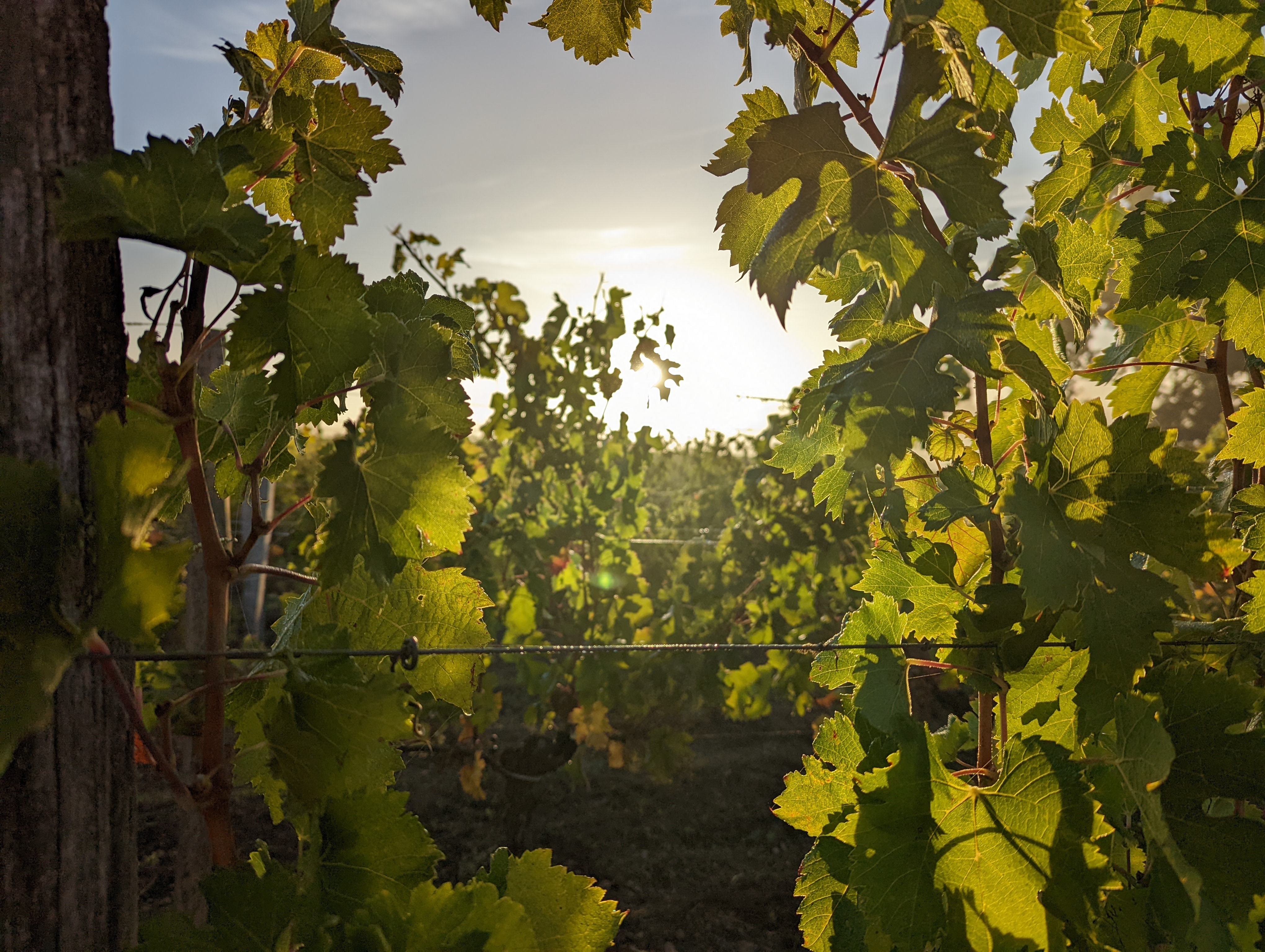Merlot is a black grape variety native to the Bordeaux region, more specifically to the right bank of the Bordeaux river. It is widely used in the production of red wine and is appreciated for its fruitiness, velvety texture, smoothness on the palate and ability to produce high-quality wines. Merlot is often blended with other grape varieties, such as Cabernet Sauvignon, to create balanced, complex wines. This is the case at Château La Rose Perrière, where Merlot is the dominant grape in our red wines, including our first wine, Château La Rose Perrière.
Merlot is also grown in many other wine-growing regions around the world, where this renowned grape variety has won over wine lovers from all over the world thanks, among other qualities, to its rich aromatic palette.
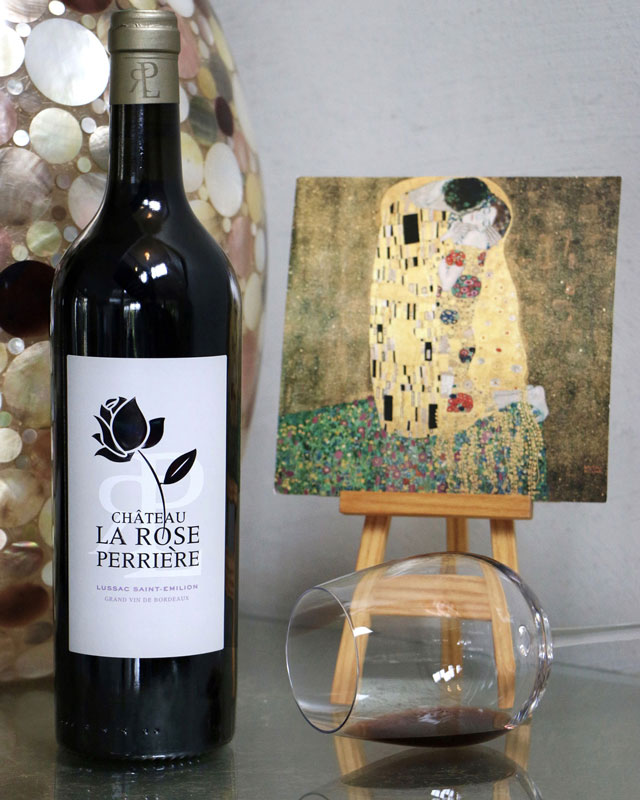
Its history
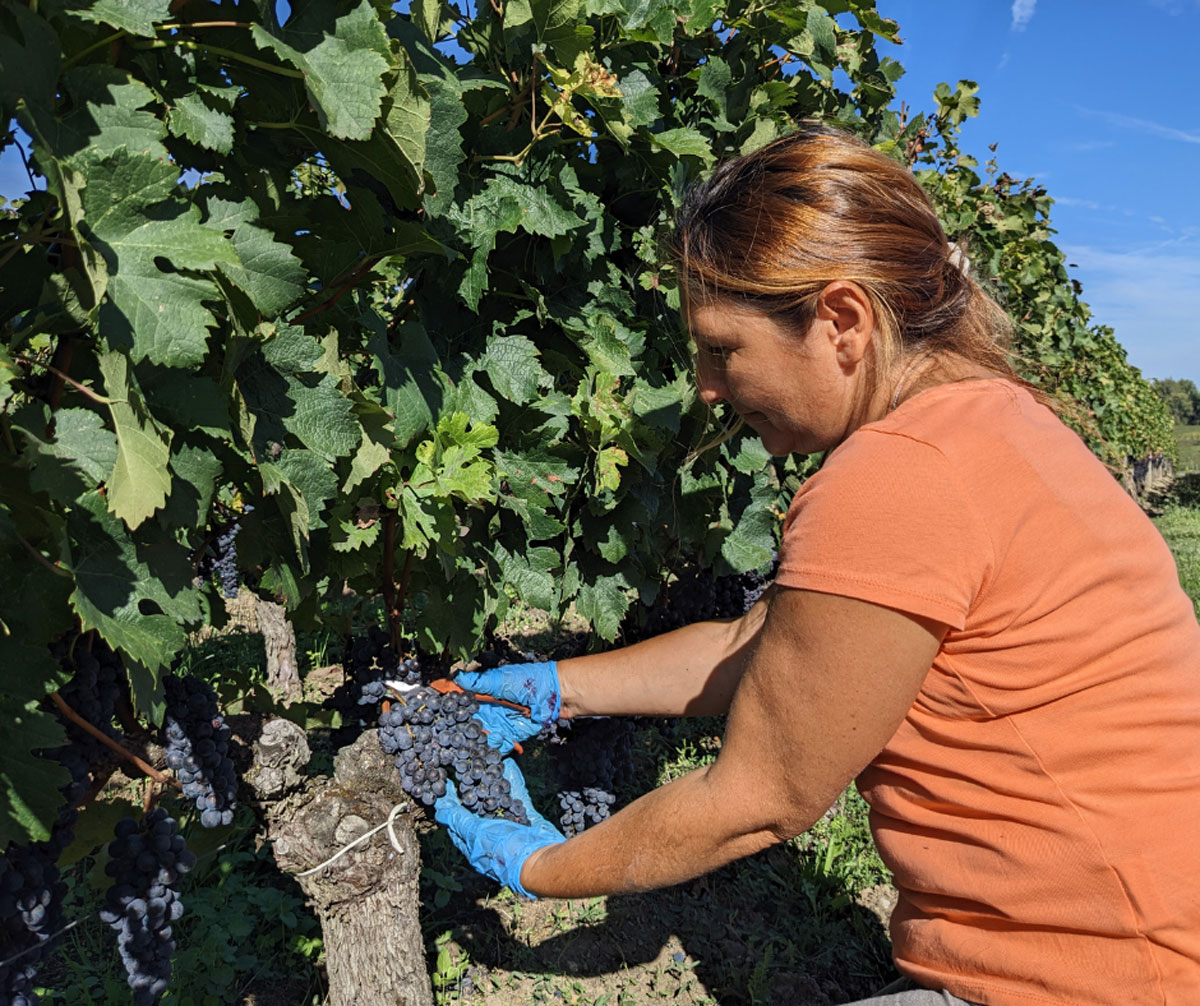
©Château La Rose Perrière
The history of Merlot goes back several centuries. But it is first mentioned in the 18th century in the Bordeaux region, where it was used to produce quality wines, particularly in the Pomerol and Saint-Émilion appellations. Its name is said to come from its resemblance to the plumage of the blackbird (blue-black in colour), which is said to be fond of its berries. According to genetic analyses carried out by the INRA (Institut National de la Recherche Agronomique) and the Conservatoire du Vignoble Charentais, Merlot is the result of a cross between Cabernet franc and Magdeleine noire des Charentes. Merlot is part of the Carmenets family and used to go by a variety of names: merlau, picard, plant médoc, alicante, sémillon rouge, béguey and crabutet noir. Its modern spelling appeared in 1824 in a treatise on Médoc wines.
Over the centuries, Merlot has become one of the world's most popular grape varieties, grown in many wine-growing regions around the world, including Italy (Tuscany), Spain, Chile (Central Valley), California (Napa Valley and Sonoma) and Australia (in many regions, including Borossa Valley).
Today, Merlot is often associated with supple, fruity, easy-drinking red wines. Used regularly in blends with other grape varieties, such as Cabernet Sauvignon, it produces wines of quality and character that often have good ageing potential. In France, Merlot is officially listed in the ‘Catalogue officiel national des variétés de vigne’ on list A, which includes varieties whose propagation material may be marketed within the European Union. Entries in the Official Catalogue are made by decree of the Ministry of Agriculture.
Its characteristics
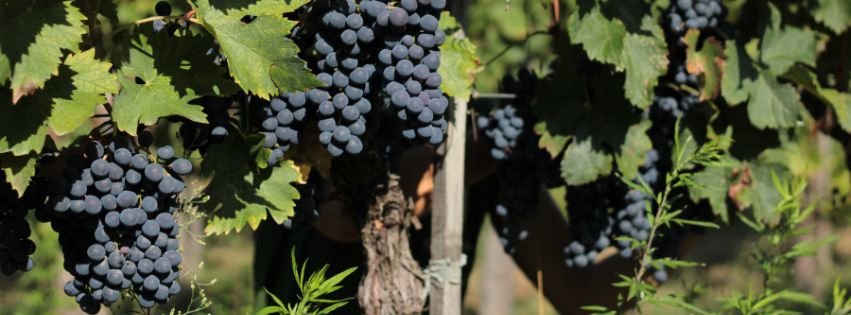
Merlot has medium-sized, rounded black berries and often medium-large winged clusters. Merlot vines are recognizable by their vines which often emerge quite low from the trunks of the vine. This grape variety represents 66% of the vines planted in Bordeaux, which is considered its favorite terroir. Among the emblematic terroirs where Merlot flourishes thanks to their cool, clay-limestone soils: Pomerol and Saint-Émilion. It is a grape variety of medium to strong vigor which is very sensitive to downy mildew, leafhoppers, botrytis and winter and spring frosts (early budburst). It is also poorly suited to conditions of intense drought which very quickly give wines jammy aromas and flavors.
Merlot is known for being versatile: it can be used alone to produce a single-varietal wine or in a blend. Often blended with Cabernet Franc and Cabernet Sauvignon to achieve a perfect balance, it has the particularity of giving the wine its texture, giving it roundness and it helps soften the effects of more tannic grape varieties such as Cabernet Sauvignon.
Aroma profile
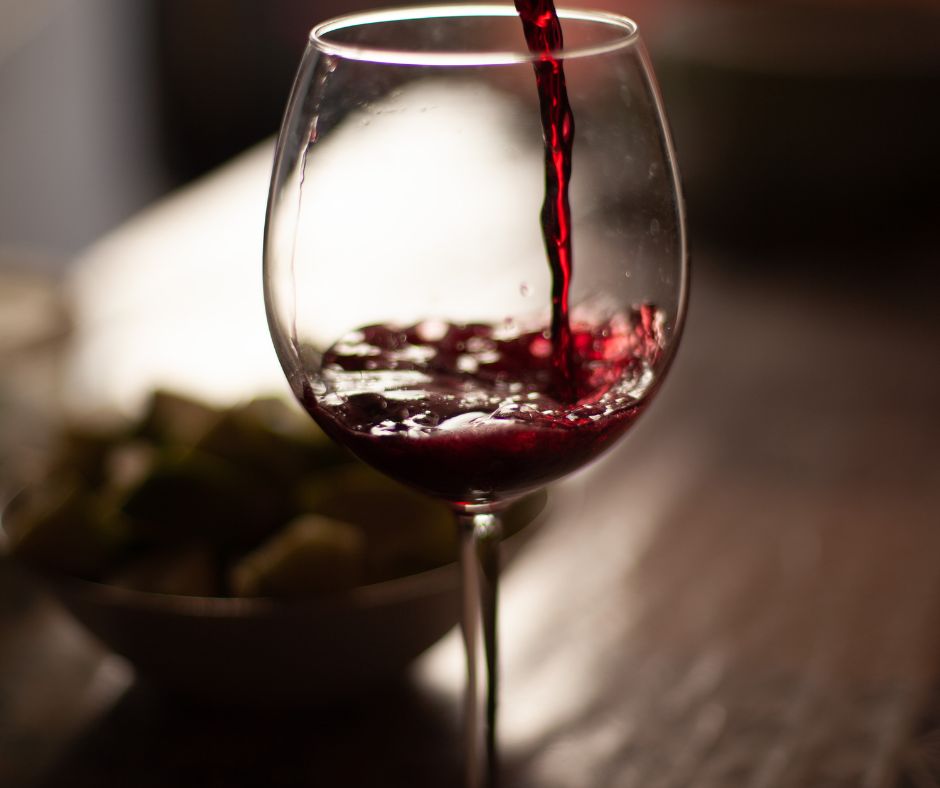 ©Canva
©Canva
Merlot is known for its varied range of aromas, particularly its red and black fruit aromas such as cherry, plum, blackberry and blackcurrant. There are also notes of vanilla, chocolate, liquorice, spices and sometimes tobacco. Notes of violet and peony can be found in the most accomplished wines. Its texture is silky and pleasant on the palate. This grape variety generally produces red wines with intense colours ranging from ruby red to dark purple. Its often moderate acidity makes it an easy-drinking wine for most consumers.
Merlot wines can be enjoyed young, but they also develop fine, more complex aromas that make them ideal for bottle ageing, especially the grand crus, which reach their full potential after 10 or 20 years in the cellar. Full-bodied, well-structured wines with fairly supple tannins can be matured in wood, as at Château La Rose Perrière, where French oak barrels reveal the full potential of our Merlot.
Where does one find Merlot ?
Merlot owes its international reputation to its versatility and ability to thrive in different climates outside Bordeaux. It flourishes in many of the world's wine-growing regions, including the United States, Australia, Italy, Spain, Chile, Argentina, South Africa, New Zealand, Hungary, Slovenia, Romania, Bulgaria, Moldavia and Switzerland, particularly in the canton of Ticino. The aromatic profiles of Merlot wines produced in these different regions and appellations differ greatly. For example, Merlot wines from Bordeaux are generally structured and rich, while those from California are more fruity and opulent. Merlot is particularly well-suited to the clay soils of Pomerol and Saint-Emilion, where it works wonders, as it does here in Lussac. On the other hand, this grape variety will not tolerate terroirs which are too hot.
Merlot and food pairing
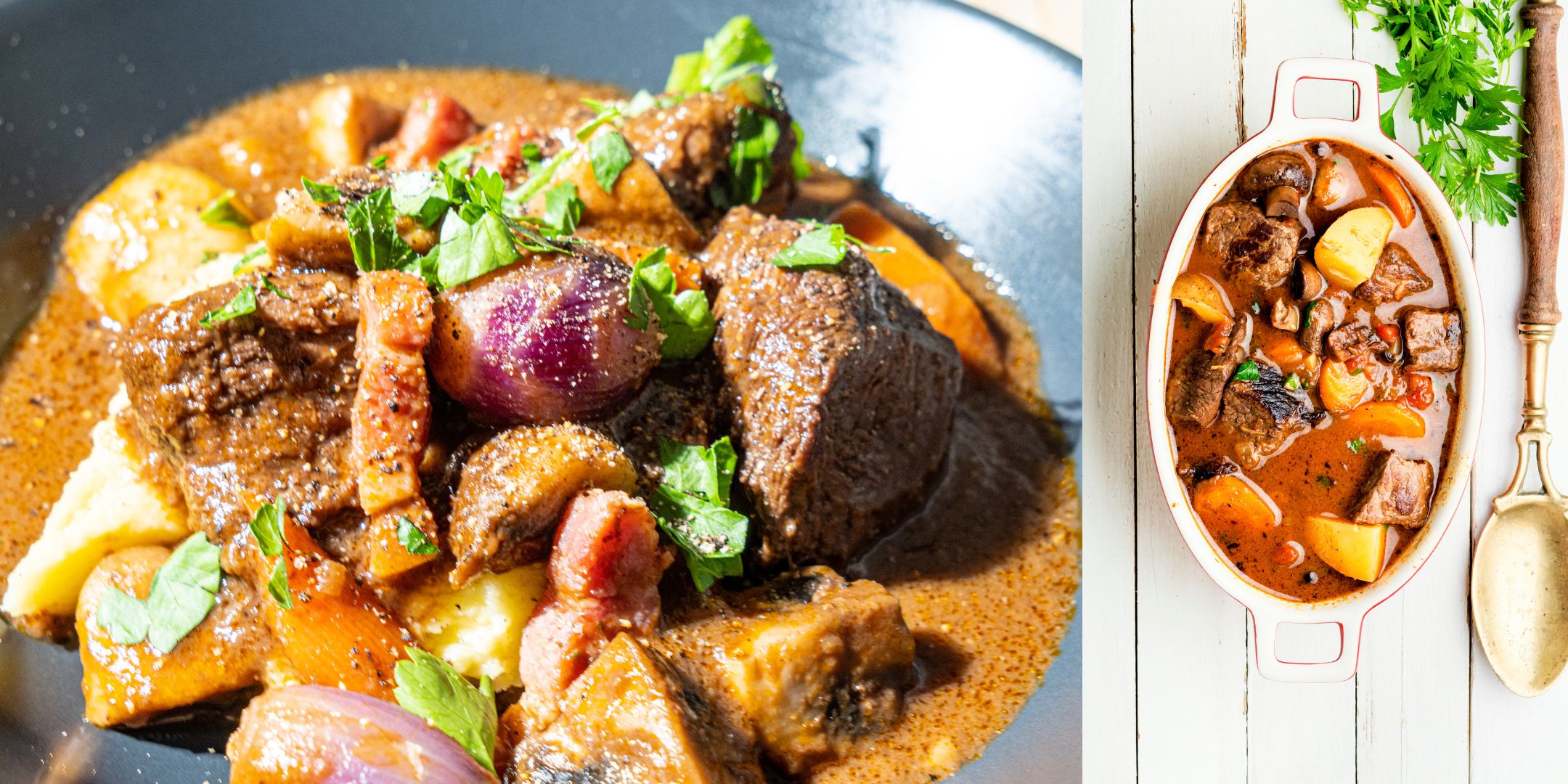
©Canva
There are many possibilities for pairing a Merlot with a meal, but you'll gain in flavour balance if you take the age of the wine into account when choosing the pairing. In its youth, Merlot is fruitier and has softer tannins than other red grape varieties, making it more accessible and less austere. Opt for red meats, tomato-based dishes, spicy dishes and sauces such as bœuf bourguignon or grilled black pudding. You can also choose to pair Merlot with the richness of a wide variety of cheeses (from Roquefort to creamy Brie), with white meats such as veal paired with a few wild mushrooms, or with grilled chicken whose smoky flavours will match the fruitiness of the young Merlot.
Whether you're looking for a light meal or a hearty winter meal, Merlot will fit in perfectly with your menu. Don't be afraid to experiment!
To sum up
Merlot's success around the world is easily explained by the fact that it adapts well to a wide range of terroirs, producing round, powerful wines that are rich in alcohol and colour, relatively low in acidity, and with complex, elegant aromas. These characteristics make it accessible to a wide range of tasters, whatever their profile.
The styles of wine produced from Merlot can vary widely, depending on the terroir, appellations and specific viticultural characteristics of each region. Don't hesitate to taste 100% Merlot wines or wines made from blends of different wine-growing origins to appreciate their typical characteristics. As always, the more diverse, the richer will be your tasting experience !
